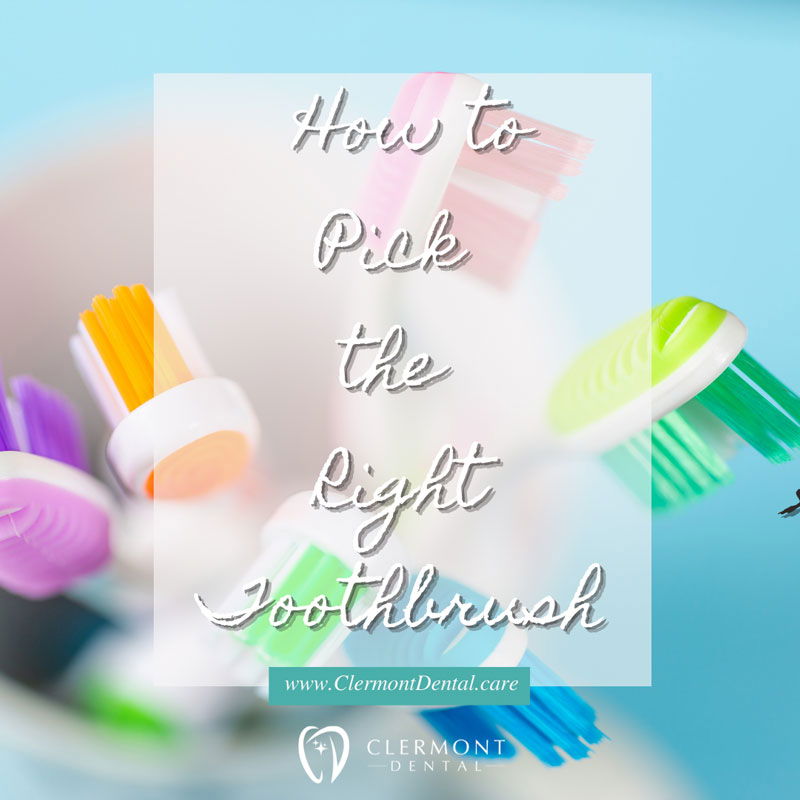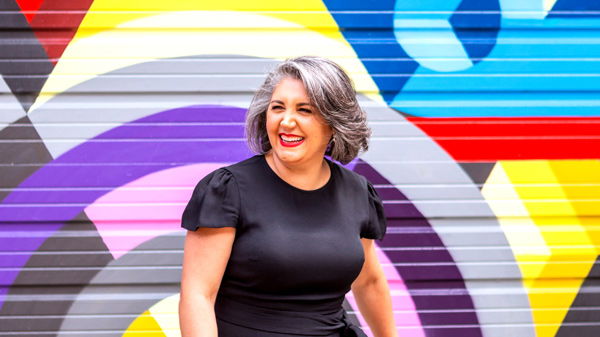We all know and have been taught from a young age that we should and need to brush our teeth daily. Granted we may not all brush our teeth twice a day, but the concept still stands. So why is picking the right toothbrush important?
When we really think about it, having the right tool for the job makes a huge difference. Not only does the task at hand become easier but one is also guaranteed to do a much better job. When we fail to properly brush our teeth, we put ourselves at risk of getting tooth decay, bad breath, and gum disease also known as periodontal disease.
The toothbrush is the most essential tool for maintaining healthy teeth and gums. Brushing is an important step in ensuring one has proper oral care. So here is a quick easy guide to the things you should consider when picking the right toothbrush:
1. Manual vs Electric
Now when it comes to deciding between a manual or electric toothbrush there will always be a debate on which of the two is best. It comes down to your preference as research indicates that both types of toothbrushes are effective at removing plaque and helping to prevent gum disease.
Electric toothbrushes are best for people who need a little help brushing thoroughly. They are also good for individuals with mobility issues (like arthritis) that prevent thorough brushing with a manual toothbrush. Additionally, those with sensitive teeth (or those who brush their teeth too hard, such as those who are stressed or in a hurry) may benefit from specialized electric toothbrush modes that put less pressure on the teeth or ones that visually demonstrate how much pressure you’re putting on your teeth.
2. Size & Shape
The best toothbrush head for you should allow you easy access to all surfaces of your teeth. For most adults, a toothbrush head a half-inch wide and one-inch tall will be the easiest to use and the most effective.
A toothbrush should be able to comfortably reach every part of your unique mouth. For instance, a brush that’s too big won’t be able to reach the back of your teeth and mouth, where bacteria can flourish.
3. Bristles
When it comes to the bristles, soft is often the best! You may think hard bristles will do a better job at cleaning the teeth. However, hard bristles can actually scratch and damage your tooth enamel and gums. Especially, if you brush aggressively and apply a lot of pressure.
You will also want to look for a toothbrush that has rounded ends on the bristles. Rounded ends will clean your teeth well and will not harm your gums.
4. Handle
Many toothbrushes have non-slip grips which make them easy to use even if wet.
Preferences
Color
This is the fun part! There is no particular emphasis on color, but it does help increase one’s enjoyment as one builds a good oral hygiene routine. If you enjoy using your toothbrush, you’re more likely to brush for the recommended length of time — two minutes.
Handling
The mouth is home to billions of bacteria and if you haven’t brushed your teeth lately, you might have a couple billion more bacteria in your mouth right now than we can possibly count. So how do we reduce this bacteria and help keep our toothbrushes clean?
1. Technique
The American Dental Association recommends brushing teeth twice a day for two minutes using fluoride toothpaste. Brushing for two minutes has been shown to achieve clinically significant plaque removal.
There are a number of techniques for brushing teeth; any of which may have advantages depending on a patient’s particular needs. Nevertheless, the American Dental Association suggests that people place the toothbrush against the gum line at a 45-degree angle to remove plaque from above and just below the gingival margin, and move the toothbrush gently back and forth in short strokes. To clean the inside surfaces of the front teeth, they should tilt the brush vertically and make several up-and-down strokes.
2. Duration/ When to replace
We recommend you replace your toothbrush every 3 to 4 months, or even sooner if the bristles are now worn out. This is because a worn-out toothbrush may not work as well, not because it might carry more germs.
3. Recommended toothbrush care:
- Do not share toothbrushes. Toothbrushes can have germs on them even after rinsing
- After brushing, rinse your toothbrush with tap water until it is completely clean, let it air-dry, and store it in an upright position. If more than one brush is stored in the same holder, do not let them touch each other.
- Avoid covering toothbrushes or storing them in closed containers, which can cause the growth of bacteria.
4. Disposal
If you replace your toothbrush every few months, you’ll end up using at least four toothbrushes a year. If we have been sick for a few days it would be a good practice to either change to a new toothbrush if it’s time or disinfects it, so we get rid of the bugs that made us sick. One of the ways to disinfect our toothbrush is to simply place it in the dishwasher.
Now how do you dispose of a toothbrush? Traditional toothbrushes are made with a mixture of plastics, nylon, and rubber, which can spend years breaking down in landfills. If you’re concerned about your impact on the environment, check if your local grocery store, recycling facility, or local drop-off service will accept your used oral care products.
If you’re in doubt, feel free to stop by and ask us here at Clermont Dental. We’d be happy to help and guide you in picking the right toothbrush suitable for your specific dental needs.








